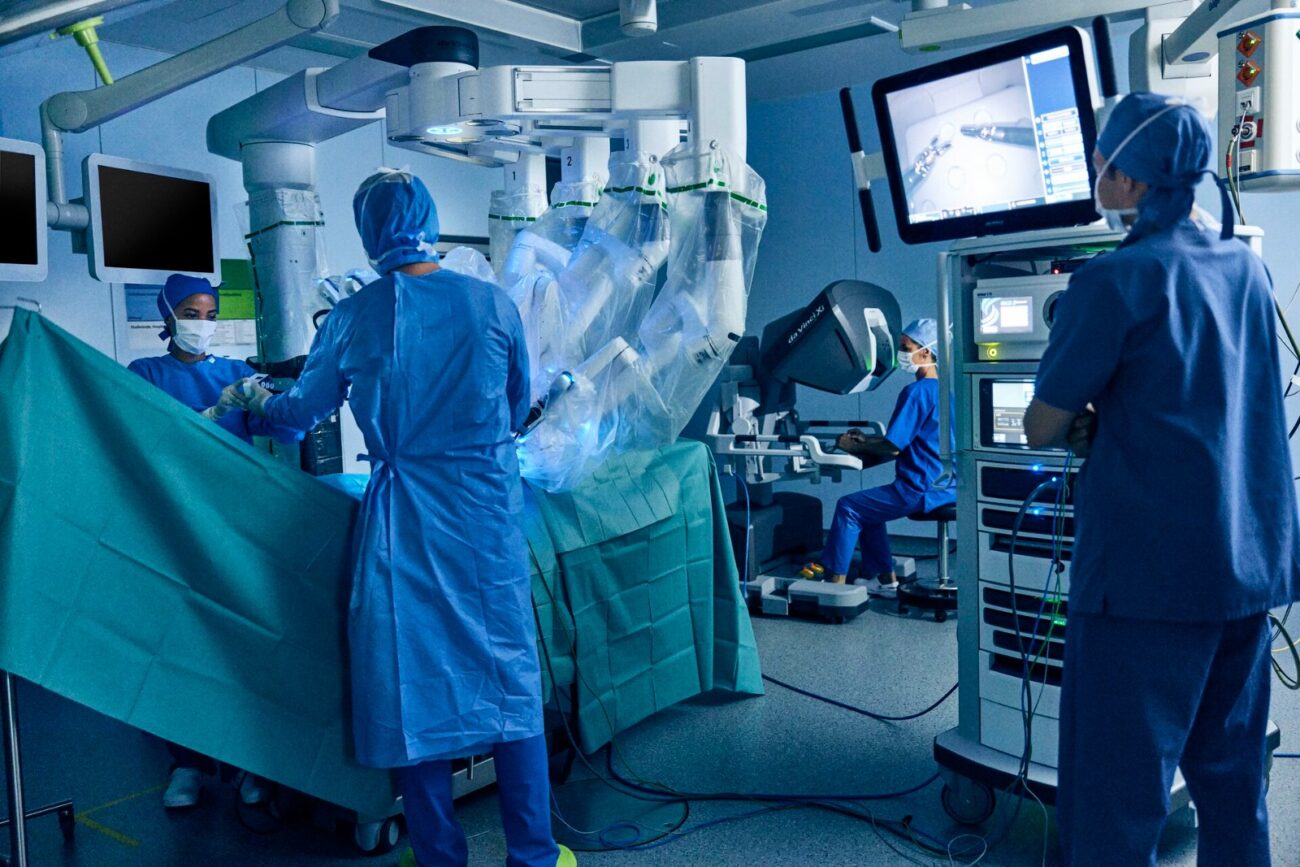What is the difference between Diagnostic, Therapeutic, and Interventional Radiology? And how much are they recommended?
Dr. Rajesh V Helavar, Senior Consultant - Radiology, Manipal Hospital Yeshwanthpur Radiology is a discipline of medicine that diagnoses and treats diseases using imaging technology. Radiology may be divided into two different areas, diagnostic radiology, and interventional

Dr. Rajesh V Helavar, Senior Consultant – Radiology, Manipal Hospital Yeshwanthpur
Radiology is a discipline of medicine that diagnoses and treats diseases using imaging technology. Radiology may be divided into two different areas, diagnostic radiology, and interventional radiology, both of which are related. Diagnostic radiology is concerned with identifying the patient’s disease as well as any underlying health issues. In order to determine the precise nature of the internal issue, experts usually use x-rays, CT scans, ultrasounds, and MRIs. These are non-invasive procedures in which no cuts are made to perform the diagnostic procedures. A dye may be sometimes administered to define an abnormality in the body. These tests show the main reason behind any health issues the patient is facing and help the experts proceed with the treatment measures accordingly. A patient, for example, may be suffering from a stroke, a tumour, a gallstone, or a blood clot; all of these can be diagnosed using a CT scan, MRI, x-ray, or ultrasound.
Interventional radiology is a field in which we not only diagnose but also perform therapeutic procedures using X-rays, CTs, and MRIs. We will need some specialized equipment such as catheters, tubes, and wires. One of the most common procedures performed is a biopsy which involves passing a small needle into the body and taking tissue samples to identify the exact nature of the lesion in the patient. A variety of therapeutic procedures are performed in interventional radiology, some common ones include opening up of closed blood vessels (angioplasty) and bile ducts, closing abnormally bleeding blood vessels, shrinking of the uterine fibroids, treatment of tumours in the liver, kidney, lung, thyroid. Previously, the only mode of treatment of tumours, and fibroids used to be surgical removal. With the advent of interventional radiology, many such lesions can be treated without the need for surgery.
When compared to other surgical procedures, the uniqueness of interventional radiology is that there is no need for the patient to be admitted to the hospital for an extended period of time, the procedures are painless, and they leave no scar as it is a pinhole surgery hence recovery is faster. Because of faster recovery, the patient can get back to work almost the next day in most cases, and they can go home on the same day as well.
Interventional radiology procedures are a boon for those who are not fit for surgery or who have other comorbidities like diabetes and hypertension, poor lung function, and poor cardiac status. Diagnostic radiology procedures are one of the most common procedures performed in the hospital. The proportion of patients requiring interventional radiology procedures is also high.






